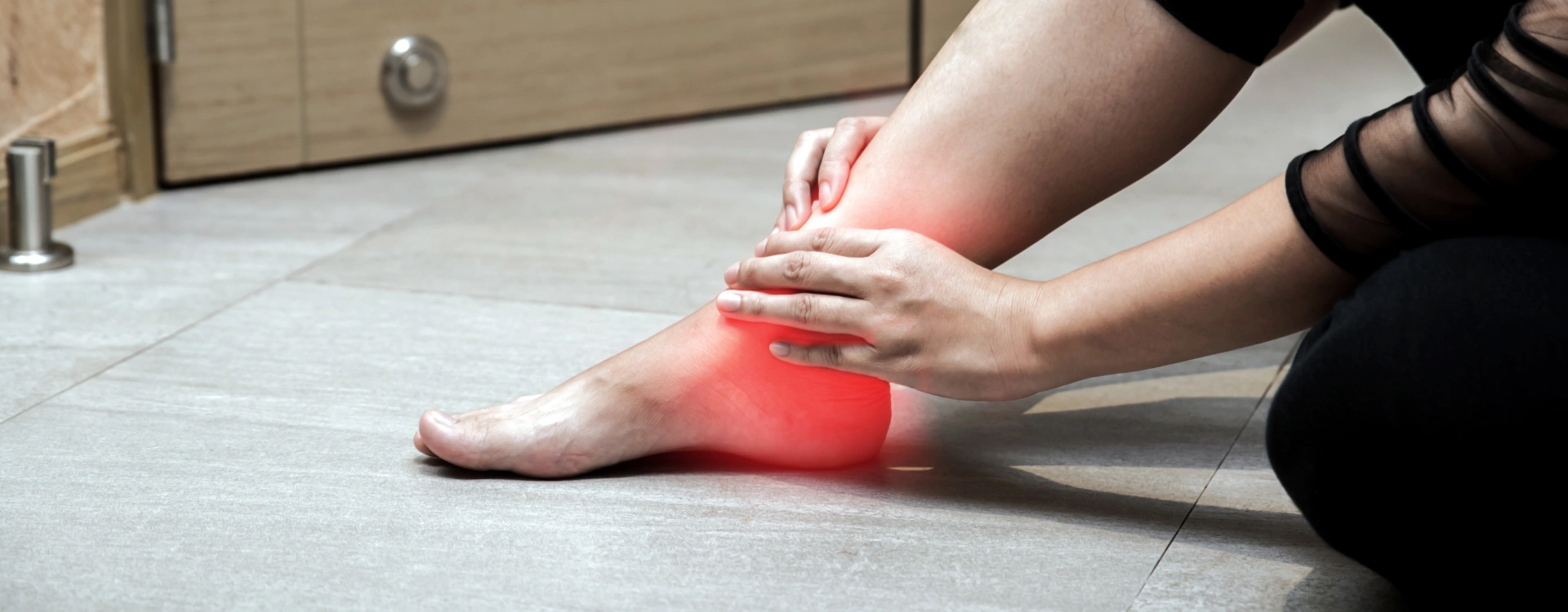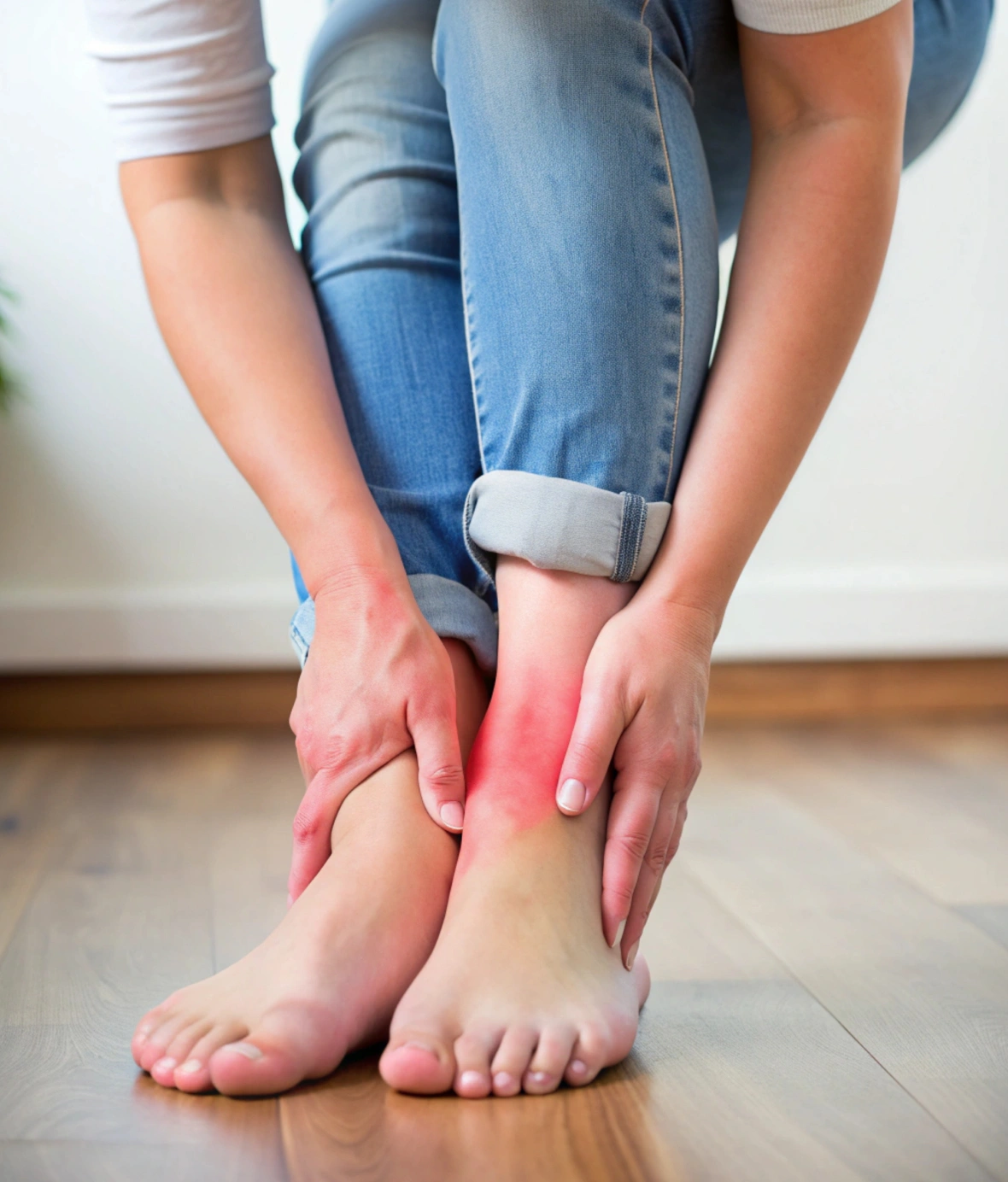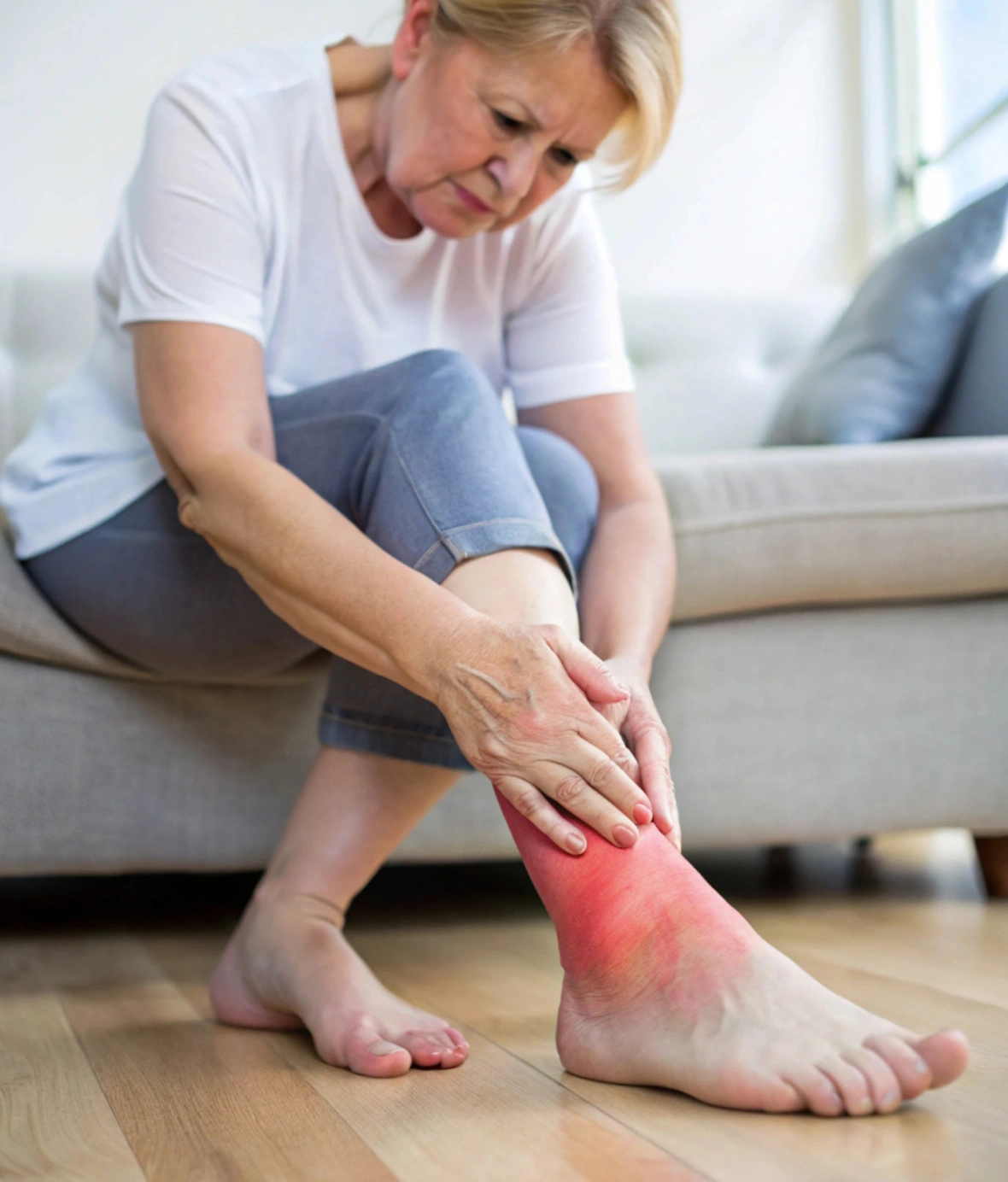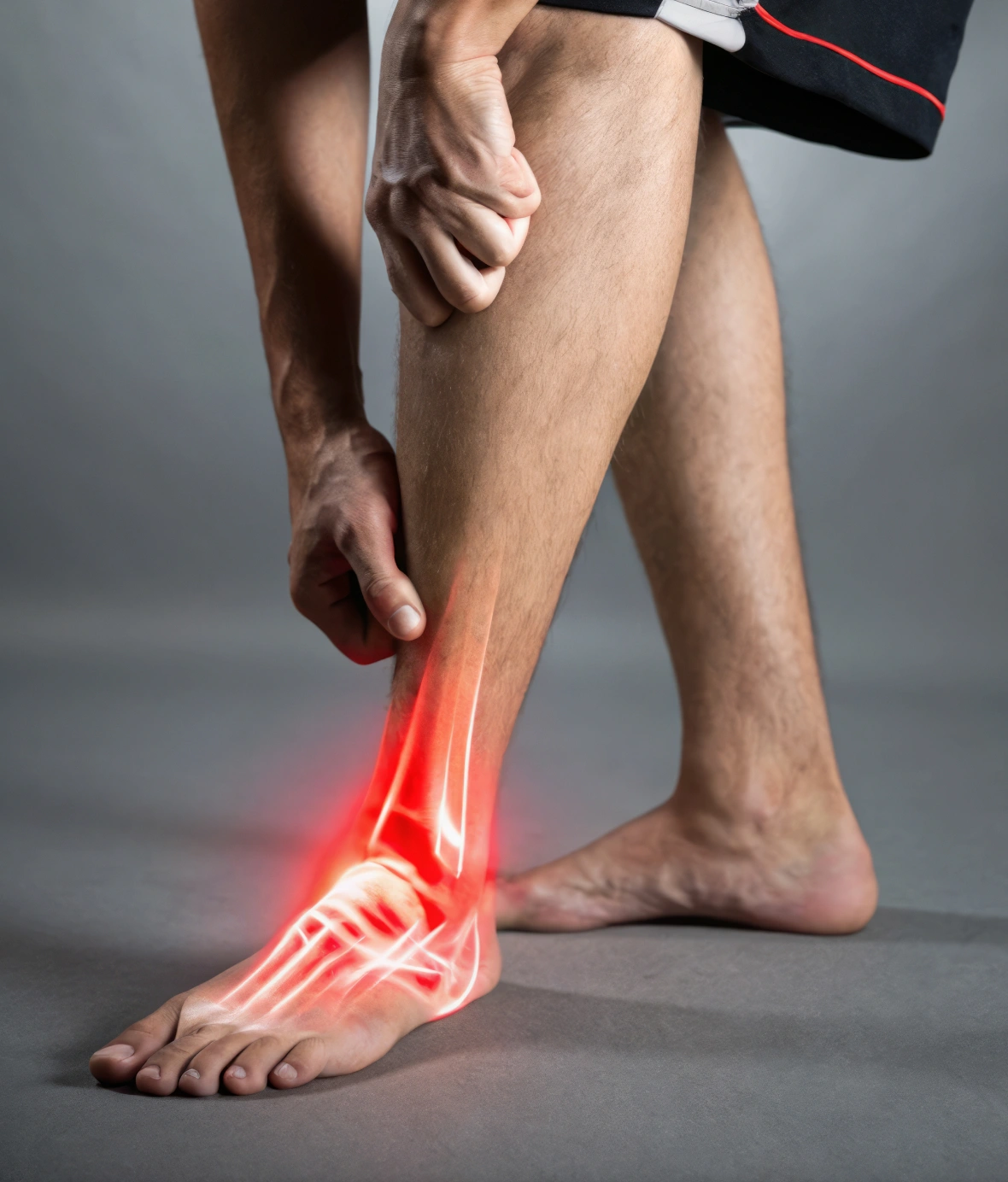Best Ankle Pain Treatment in Gurugram

Ankle pain can make daily activities like walking, running, or standing uncomfortable and challenging. Whether caused by sprains, arthritis, tendonitis, nerve compression, or joint instability, untreated ankle pain can worsen over time, leading to swelling, stiffness, and mobility issues. At Painflame, we provide expert ankle pain treatment in Gurugram, using chiropractic care, physiotherapy, manual therapy, and rehabilitation exercises to relieve pain and restore movement naturally.
Our treatments focus on reducing inflammation, improving ankle stability, and strengthening surrounding muscles to enhance long-term recovery. We specialize in treating ankle sprains, Achilles tendonitis, plantar fasciitis, nerve entrapment, and joint misalignment with non-surgical, evidence-based therapies. Instead of relying on painkillers, our drug-free methods promote natural healing, improve joint function, and prevent future injuries.
If you’re struggling with persistent ankle pain, weakness, or reduced mobility, visit our ankle pain specialists in Gurugram for a personalized treatment plan. Take the first step toward a pain-free, active life today!
What Causes Ankle Pain?
Ankle Sprains & Ligament Injuries
Ankle sprains occur when ligaments stretch or tear due to sudden twisting, leading to pain, swelling, bruising, and joint instability, making walking and movement difficult.
Achilles Tendonitis & Strain
Overuse of the Achilles tendon causes inflammation, stiffness, and pain at the back of the ankle, making daily activities like walking, running, or climbing stairs painful.
Arthritis & Joint Degeneration
Osteoarthritis and rheumatoid arthritis break down cartilage, causing pain, stiffness, swelling, and reduced mobility, making standing and walking uncomfortable.
Nerve Compression & Poor Circulation
Tarsal tunnel syndrome and neuropathy cause burning pain, tingling, or numbness in the ankle, worsening with prolonged standing, improper footwear, or poor circulation.
Signs You Need Ankle Pain Treatment
Persistent Ankle Pain
Ankle pain lasting over two weeks or worsening with movement may indicate ligament damage, arthritis, or chronic inflammation, requiring expert diagnosis and personalized treatment.
Swelling & Joint Stiffness
Swelling that doesn’t subside and stiffness limiting flexibility may suggest cartilage wear, joint fluid buildup, or inflammation, needing professional care to restore movement.
Weakness & Difficulty Walking
Unsteadiness or difficulty walking may indicate muscle imbalances, tendon damage, or nerve issues, requiring physiotherapy, strengthening exercises, and mobility training.
Clicking, Popping, or Locking Sensation
Ankle instability, joint misalignment, or ligament injuries can cause clicking or locking, increasing the risk of chronic pain, mobility restrictions, and further joint damage.


Non-Surgical Solutions for Ankle Pain Relief
Physiotherapy & Strength Training
Physiotherapy for ankle pain includes targeted exercises, mobility drills, and resistance training to enhance ankle strength, flexibility, and stability. It helps in preventing sprains, reducing stiffness, and improving joint function, making it essential for long-term pain relief and injury prevention.
Chiropractic Care & Joint Alignment
Chiropractic care for ankle pain focuses on realigning the ankle joint, reducing pressure, and restoring mobility. Adjustments help in nerve decompression, correcting postural issues, and improving walking efficiency while preventing chronic pain, joint stiffness, and movement restrictions naturally.
Manual Therapy & Soft Tissue Release
Manual therapy for ankle pain includes deep tissue massage, myofascial release, and trigger point therapy to relieve muscle tension, improve blood circulation, and reduce inflammation. These techniques help in restoring joint flexibility, promoting faster recovery, and preventing chronic stiffness.
Strengthening & Preventing Future Ankle Issues
Maintaining ankle strength and flexibility helps prevent injuries, improve balance, and reduce joint stress. Weak muscles, poor movement, and improper footwear increase the risk of sprains, tendonitis, and arthritis. Strengthening exercises, mobility drills, and postural correction improve joint function, flexibility, and stability, reducing future ankle issues.
Strengthening Ankle Muscles
Weak ankle muscles increase instability and injury risk. Calf raises, resistance band drills, and balance exercises help strengthen muscles, improve coordination, and prevent sprains, fatigue, and weakness.
Enhancing Ankle Mobility
Tight ligaments and stiff joints restrict movement, leading to pain and discomfort. Stretching, yoga, and mobility exercises improve range of motion, boost circulation, and prevent stiffness.
Correcting Gait & Foot Posture
Poor walking posture and foot misalignment strain the ankle, causing pain and instability. Gait correction, muscle strengthening, and proper footwear help improve stability, balance, and joint health.

Frequently Asked Questions
What are the most common causes of ankle pain?
Ankle pain can result from sprains, ligament injuries, arthritis, tendonitis, nerve compression, and poor foot posture. Overuse, improper footwear, and injuries can also contribute.
When should I see a specialist for ankle pain?
If you experience persistent pain, swelling, stiffness, weakness, or difficulty walking, it’s important to seek professional diagnosis and treatment to prevent long-term damage.
What are the best non-surgical treatments for ankle pain?
Physiotherapy, chiropractic care, manual therapy, and strength training help restore mobility, relieve pain, and prevent further joint or ligament issues.
Can ankle pain be treated without medication?
Yes! Joint mobilization, soft tissue therapy, rehabilitation exercises, and ergonomic corrections can effectively reduce pain, restore function, and promote natural healing.
How can I prevent ankle pain from returning?
Strengthen ankle muscles, improve flexibility, correct foot posture, wear supportive shoes, and avoid excessive strain to maintain long-term joint health.

